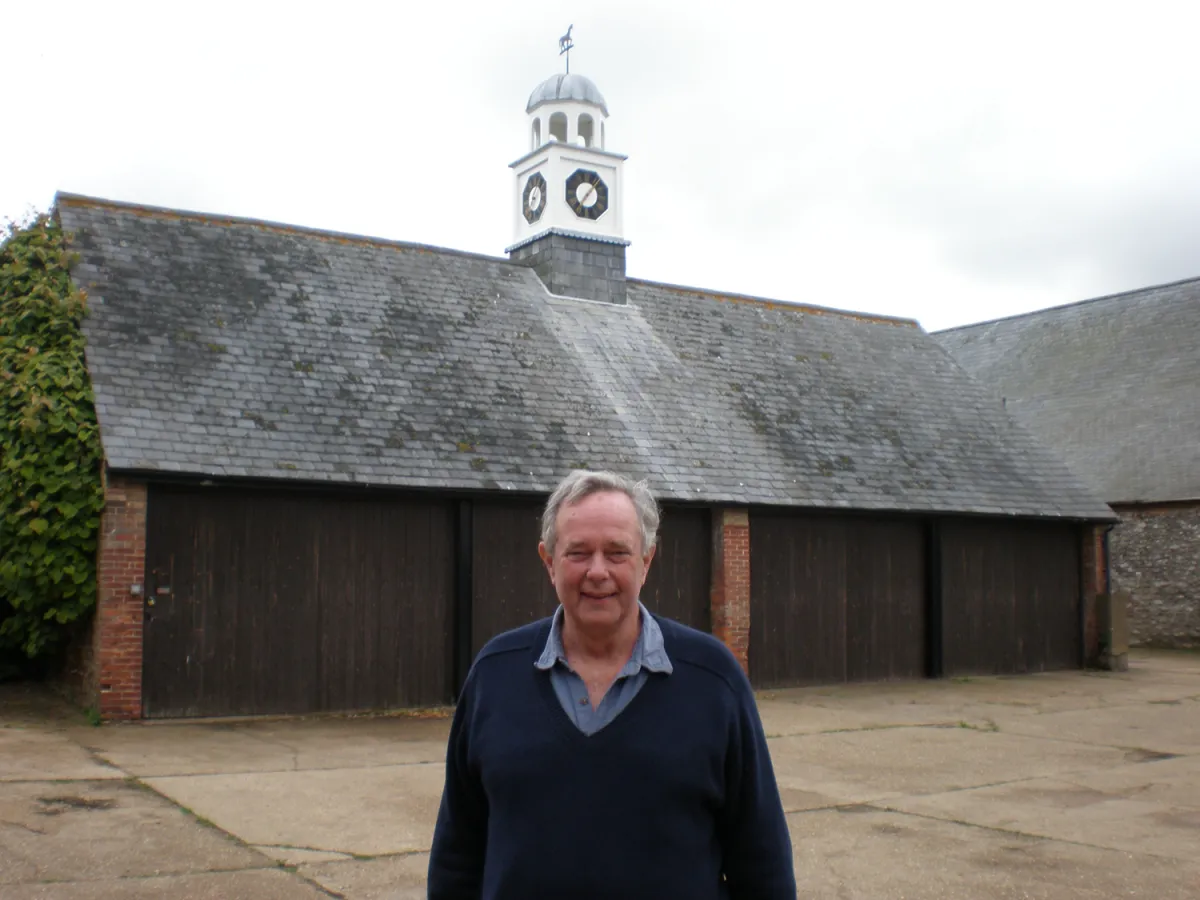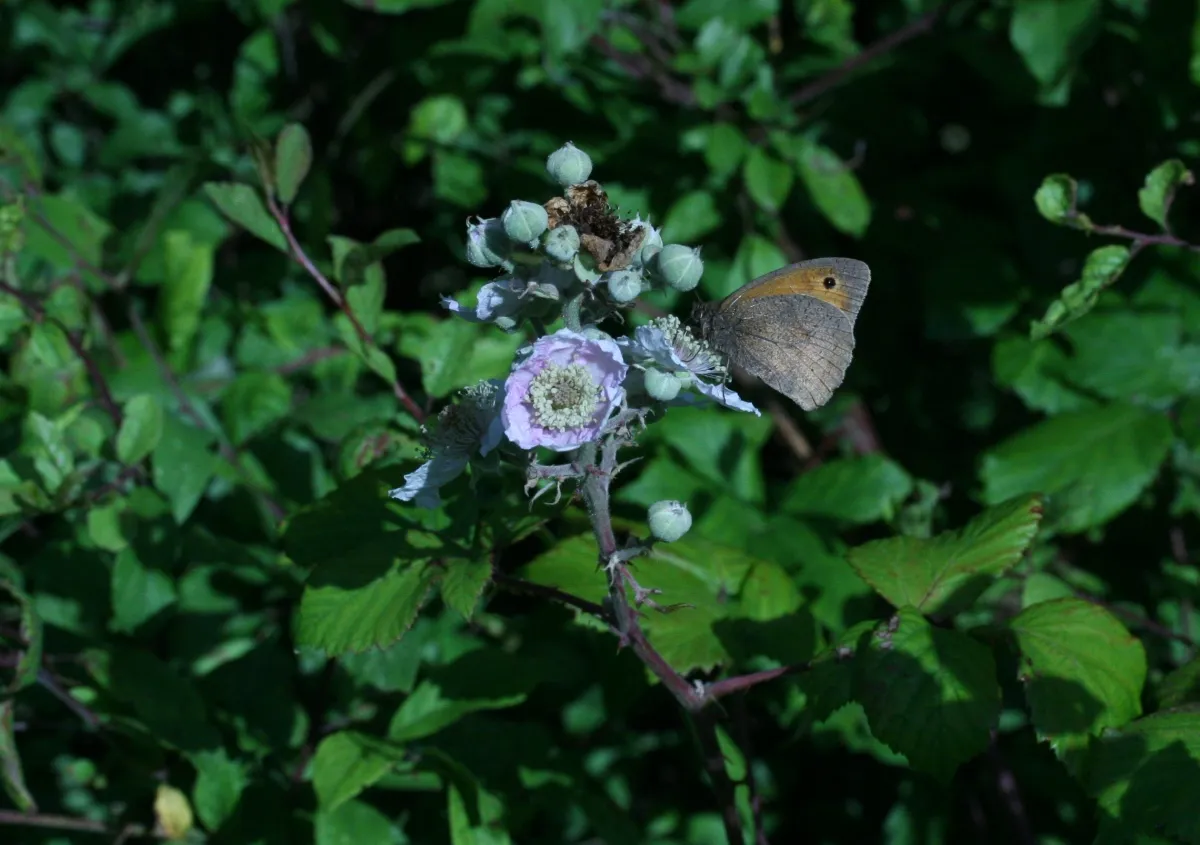Peter Melchett of the Soil Associations argues that:
- hedgerows are a precious wildlife habitat and have suffered huge declines in the 20th century
- a new study reveals a growing threat from neonicotinoid pesticides spreading from crops to contaminate wildflowers in hedgerows
- hedgerow invertebrates are declining as a result
– he questions the regulatory system in place for pesticides and calls for change.

Our hedges are special. For a start, those we have left have survived an unprecedented massacre. Just after the end of World War II there were over 800,000 kilometres of hedges in Britain, but by 1990 there were only 171,000 kilometres left, a loss of almost 80%. The destruction continued until very recently - between 1984 and 1990 alone hedgerow length in England declined by 20%.
After years of campaigning, it seemed that in recent years our remaining hedges were safer. Many hedges were planted when fields were enclosed in the 1700 and 1800s but many more, the most varied, interesting and productive, date back much further, for a thousand years or more, and have far greater value to people and wildlife.
At this time of year, hedges can be an amazing sight, laden with dark red and black berries of hawthorn and blackthorn, the dazzling red of rosehips, tasty blackberries and the amazing red and yellow autumn leaves of plants like dogwood, elder, spindle and guelder rose.

The reason so many fought against the destruction of hedgerows was because they represent islands of sanity in the destructive wave of chemical and industrial farming that has swept over our countryside in the last 70 years. Our crops may have been sprayed with chemicals that have eliminated hundreds of thousands of butterflies, bees, skylarks, corn buntings, ladybirds and English Partridges, but at least hedges remained as a sanctuary.
The hedges that avoided the destruction during the rapid industrialisation of farming in the 1960s, 70s and 80s, remained as ancient wildlife byways, unsprayed and unsullied by the horrors of chemical farming.
So much for the dream. New scientific research by Professor Dave Goulson at Sussex University has shattered this key remaining consolation left to those who care for wildlife and the health of our countryside.
Professor Goulson has found that the widely criticised insect-killing chemicals, neonicotinoids, are present in hedgerow flowers, sometimes at a far higher level than they are in the crop they were originally used in. Wild flowers on the banks of hedges were found to have neonicotinoid concentrations up to 86 parts per billion, almost eight times as much as the highest level of the chemical found in the nearby crop. Although farmers have often defended crops like oilseed rape on the basis that ‘bees love them’ in fact honey bees feeding around oilseed rape crops got 97% of the chemical insecticide they collected in pollen from margins and hedges at the edge of the oilseed rape field, and only 3% from the oilseed rape itself.
The research also found that neonicotinoids are contaminating wildflowers around other crops, like wheat. According to government data, use of neonicotinoid treated cereals increased by 43% in 2014 - the year before some neonicotinoids were banned, and use may well have gone up since, as cereals are not covered by the ban. Even if levels of use have not increased, the ban has only saved over a third of land previously treated, with at least 900,000 hectares of farmland still being sown with neonicotinoid leaking seeds. Hedgerows are still being poisoned.
How can we have turned what appeared to be islands of sanity in a sea of chemicals into death traps for bees and butterflies? What could have possessed the companies developing an insect-killing chemical based on nicotine not to check what effect these chemicals might have on our precious wildflowers and hedges?
They should have known. Professor Goulson had already found that one chemical company had scientific evidence from two UK trial sites in Suffolk that one of the neonicotinoid insecticides not only persisted in soil, but accumulated, growing in toxicity, over a period of at least six years.
And the chemical companies selling neonicotinoid insecticides always knew that only a small proportion of the chemical, applied as a coating to crop seeds, ended up in the crop. In fact, 5% of the active chemical goes into the crop, about 1% is brushed off the outside of the seed as its planted (and this dust can be so toxic it will kill bees on contact), but a staggering 94% of the chemical seeps into the soil beneath the crop. From there, it moves into waterways or field edges, poisoning streams and hedges.
The very areas of a farm that we and wildlife see as safe havens are now more poisonous than the chemically treated crops themselves. These sanctuaries have become death traps for honey bees, bumble bees, lacewings and butterflies. The glorious mayflower and the common blackberry’s flowers are now sources of death not life for pollinating insects.

A review of the new scientific evidence on neonicotinoids requested by the Government and finished before Professor Goulson’s latest research was available, had already come to the conclusion that pollinating insects like bees and butterflies will be affected by neonicotinoids when the chemicals are used by farmers, and that there is scientific evidence that this will have ill-effects, for example on their ability to feed and how long the insect survives. While the impact this is having on the numbers of bees and other insects is still unclear, it now seems pretty certain that the temporary EU ban on some neonicotinoids will remain in place, and will hopefully be extended to cover cereals. Bans on other neonicotinoids are sure to follow.
But a much bigger and more serious question remains. How on earth did these toxic chemicals ever get passed as ‘safe’ by regulators in the UK and the European Union in the first place? The answer lies in the nature of the regulatory system – one designed, much like the regulators testing vehicle emissions, to allow the chemical industry, like the car industry, to carry on polluting at almost any cost.
Also, just like vehicle emissions, pesticide regulators depend for a large part of their income on the fees paid by chemical companies. So the regulators rely on money the chemical companies pay them for their continued existence – hardly surprising that they are running a system which is designed to ensure that dangerous chemical sprays can continue to be used in farming. That is what we now need to change.
Peter Melchett, Policy Director, Soil Association
